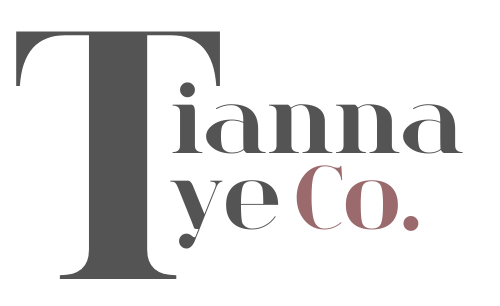Episode 96. Job Analysis: What Is It & 3 Ways It Benefits Your Small Business
Staff Researcher: Evelyn Gilliard
You know how anything and everything goes on your Christmas list - in hopes that your loved ones tick off at least a few boxes? That is exactly what NOT to do with your next job description (aka a Business’s wish list of who to hire).
If your job descriptions feel more like a wish list than a realistic depiction of knowledge, skills, and abilities that a role must have... you might need a job analysis to be performed. Typically we use this technique in larger corporations, but it can be utilized for small businesses every now and again. So what is a Job Analysis, and most importantly, how can it help your business trim down your employee wish list?
Job analysis is a comprehensive process “of studying a job to determine which activities and responsibilities it includes, its relative importance to other jobs, the qualifications necessary for the performance of the job, and the conditions under which the work is performed.” 1 Job analysis is commonly used to create specific job descriptions.
Note: It’s important to remember one specific job is being analyzed, not the entire team.
Furthermore, job analysis should not be confused with job evaluation as the two can often be confused with one another.
Job evaluation is a systematic way of evaluating the value of a job in relation to other jobs in an organization through comparison within the company to determine the appropriate pay rate.
Now that we know the difference between the two and what a Job Analysis is, how can it benefit your company?
JOB DESCRIPTIONS AND SPECIFICATIONS
No matter who you are or what business you are in, we have all seen job descriptions that were better than others, and some that weren’t up to snuff. What happens when we post inaccurate job descriptions? One common consequence is onboarding new hires that appear to be a good fit, but quickly realizing there's something "off." This happens often when job descriptions don’t accurately describe the role OR company culture.
If you want to identify the best person for the job you need to accurately describe the job. How? By summarizing and organizing the information for your job-related details, including:
Knowledge, skills, and abilities (KSAs) needed
Work activities and behaviors
Interactions with others (internal and external)
Performance standards
Working conditions
Basically, be a clear and realistic as possible to ensure you’re attracting the right applicants in the first place!
2. SELECTION ASSESSMENTS
Unfortunately, people can lie or exaggerate their skill level on applications and resumes. If you decide to combat this with selection assessments, you’re probably going to need a job analysis. Why? The knowledge, skills, and abilities outlined in a job analysis will provide the foundation for the assessment questions you design.
By having a solid understanding of the role and its requirements, you’ll be able to fully evaluate critical tasks for the role. If they are qualified, they’ll pass with flying colors. If they struggle… well at least you figured it out before wasting any more time!
Thankfully, Industrial-Organizational Psychologists are qualified to do conduct the job analysis and use that data and can “as a basis for developing these types of assessments because they focus directly on assessing how well job candidates can perform critical work tasks.” 1
3. TRAINING AND DEVELOPMENT
After your new team member is hired, you’ll need to think about onboarding and training. Of course, you chose the best of the best who applied but that does not mean your applicants are going to meet the criteria 100%. Great training focuses on amplifying existing skills and filling in gaps.
Reflect on their experience level and follow up with a conversation about future development. In this conversation, revisit the job description and let them rate their skills and abilities for each criterion. Remind them to be as truthful and accurate as possible, after all, they already got the job!
Following this conversation, you will want to gather resources and create additional training if needed. Remember, your top priority is getting that new team member up to speed and knowledgeable ASAP.
If you’re feeling like a job analysis is your next step, I have good news and bad news. The bad news is that while you are competent, this isn’t a DIY project. The good news? Our background in Industrial-Organizational Psychology places job analysis squarely in our toolbox of tricks. Apply for a VIP Day today and get started!

